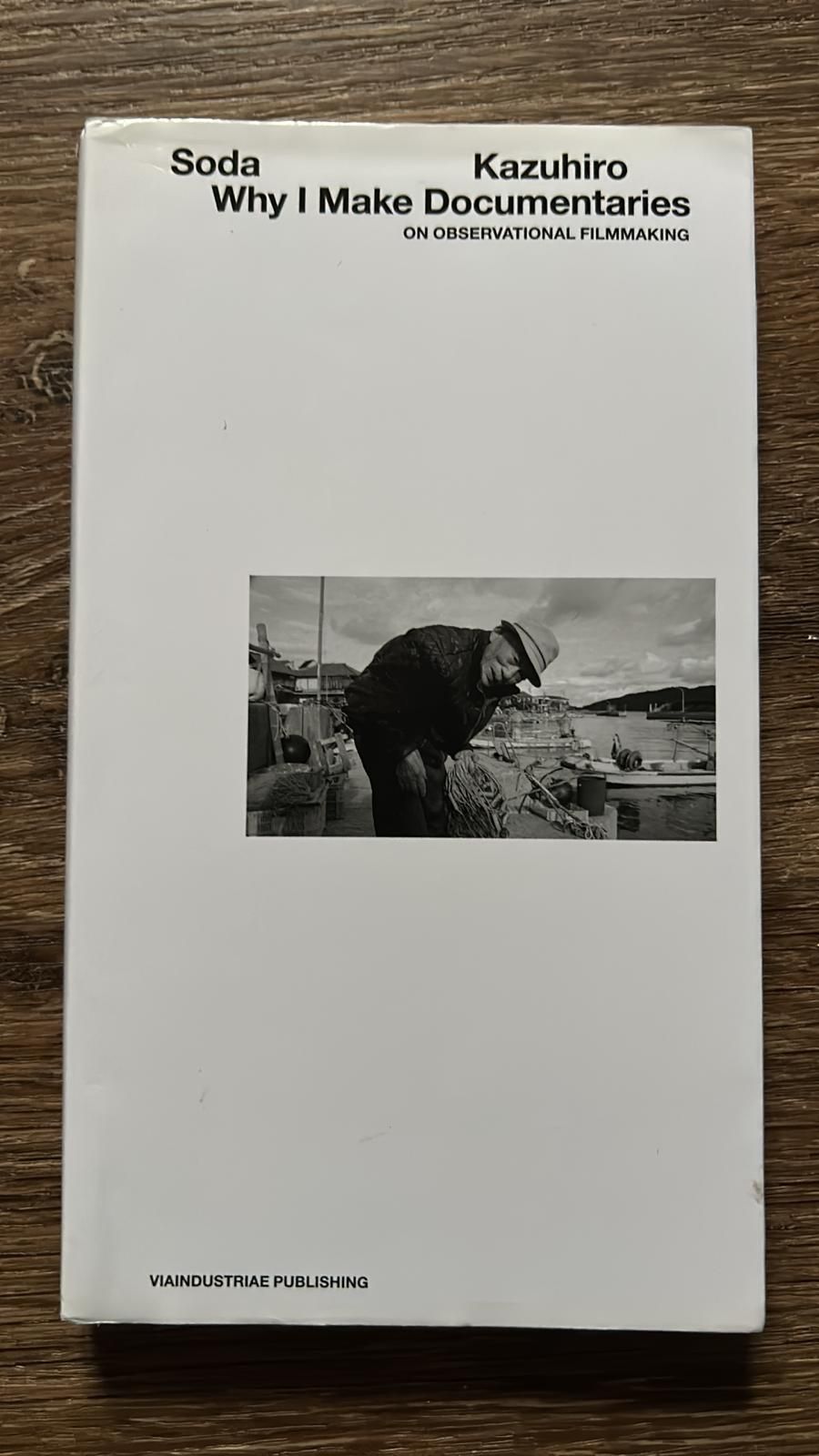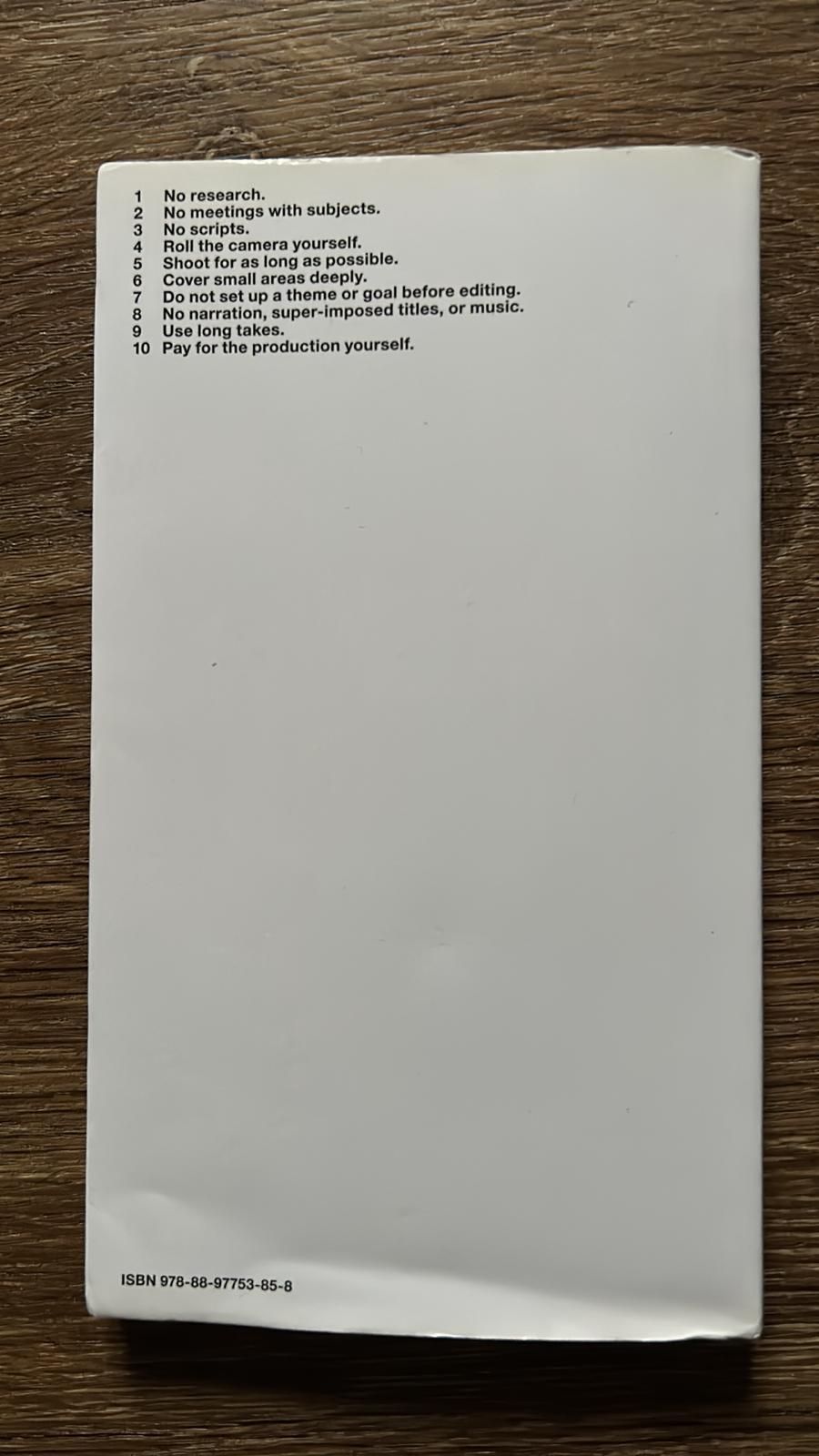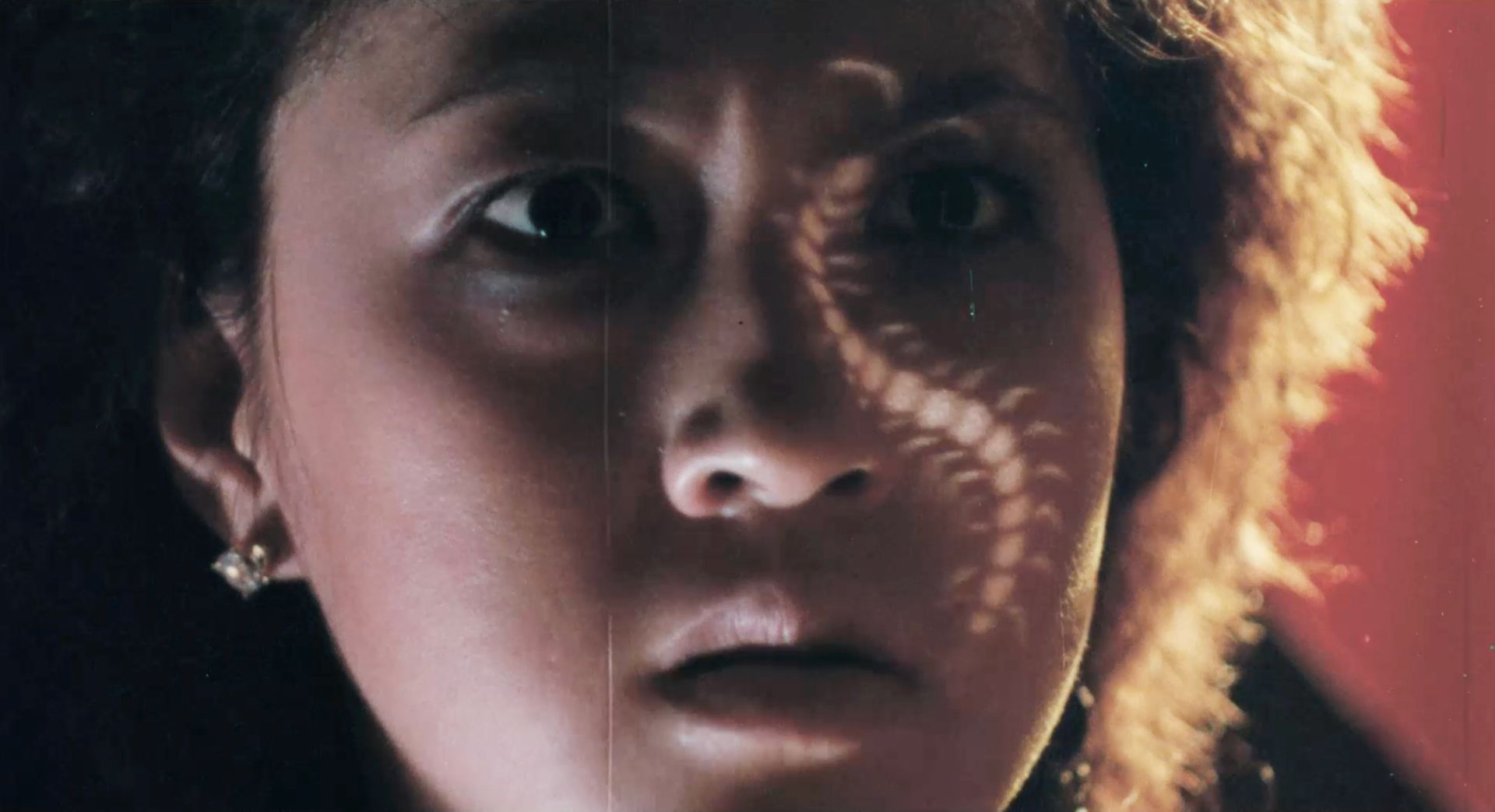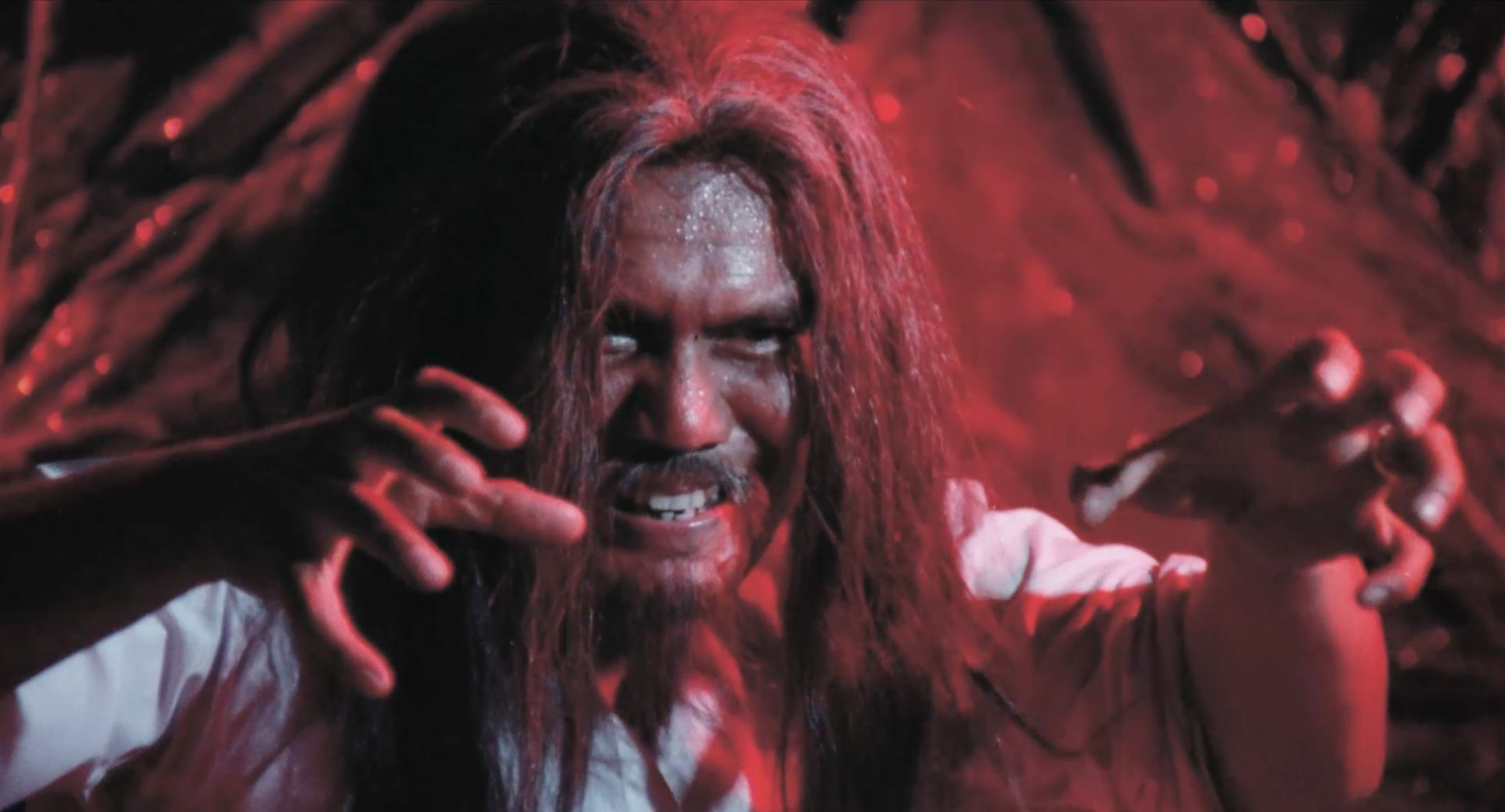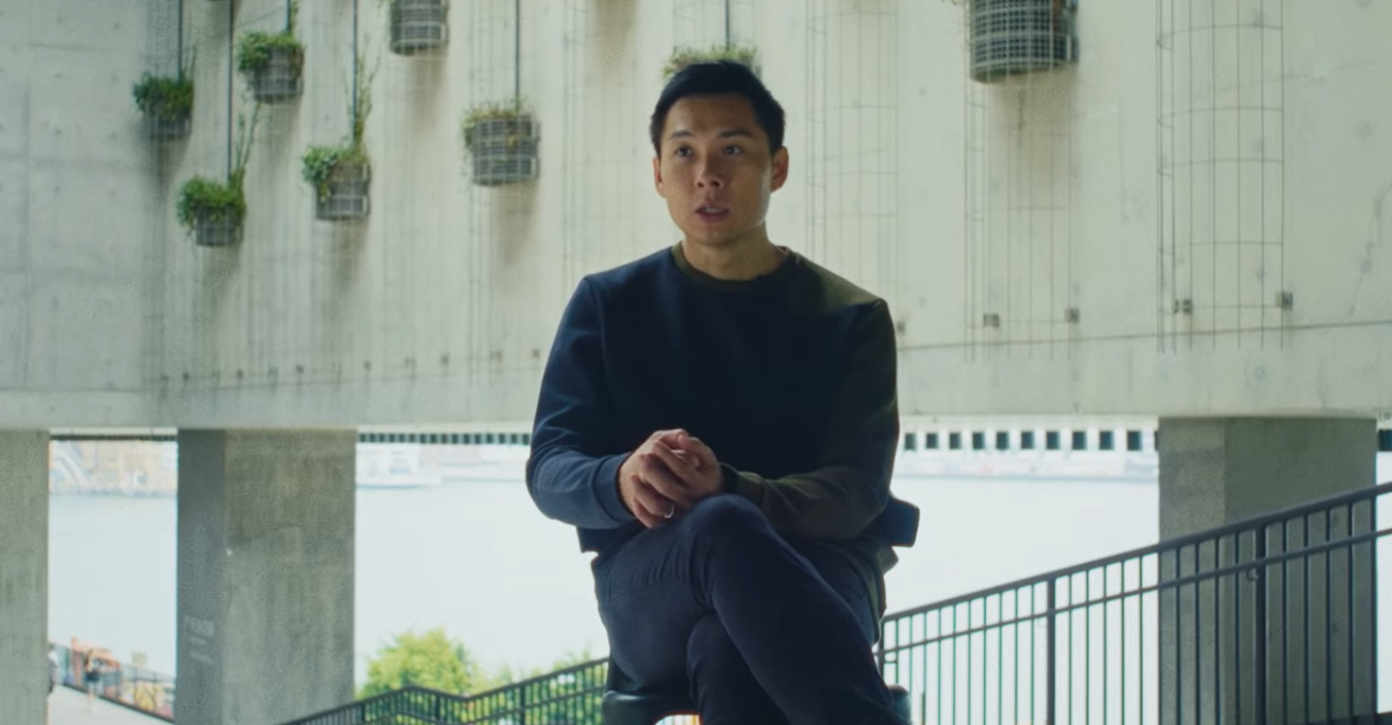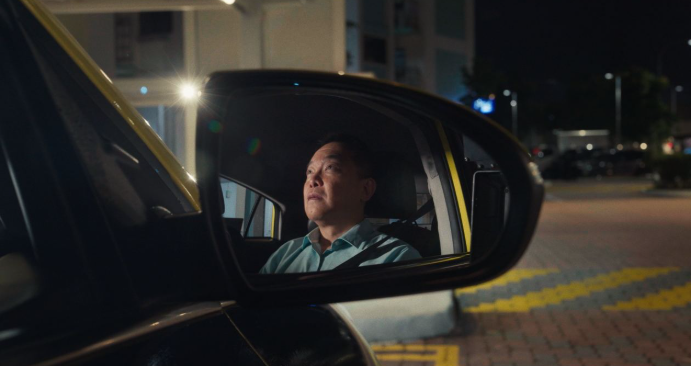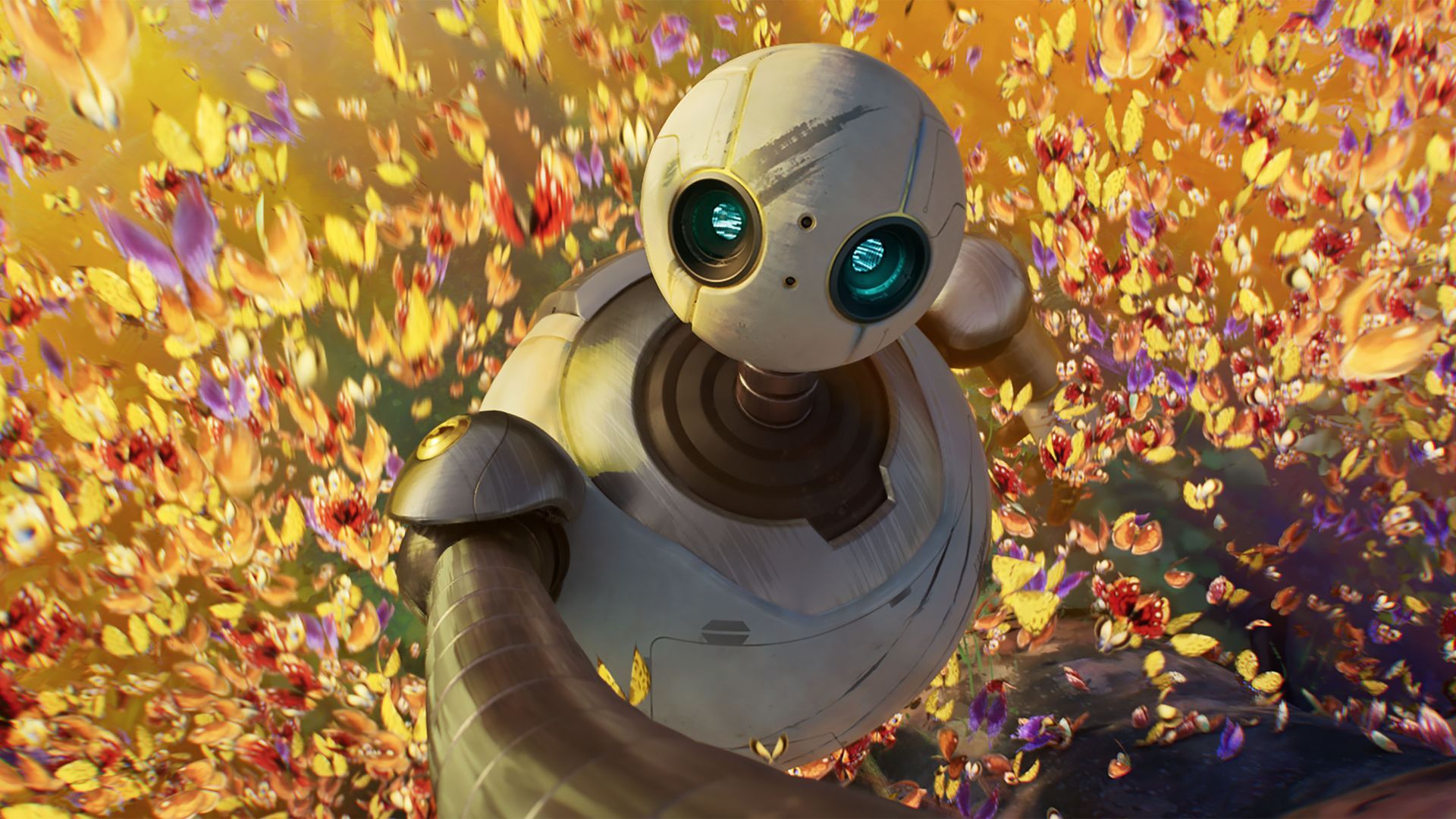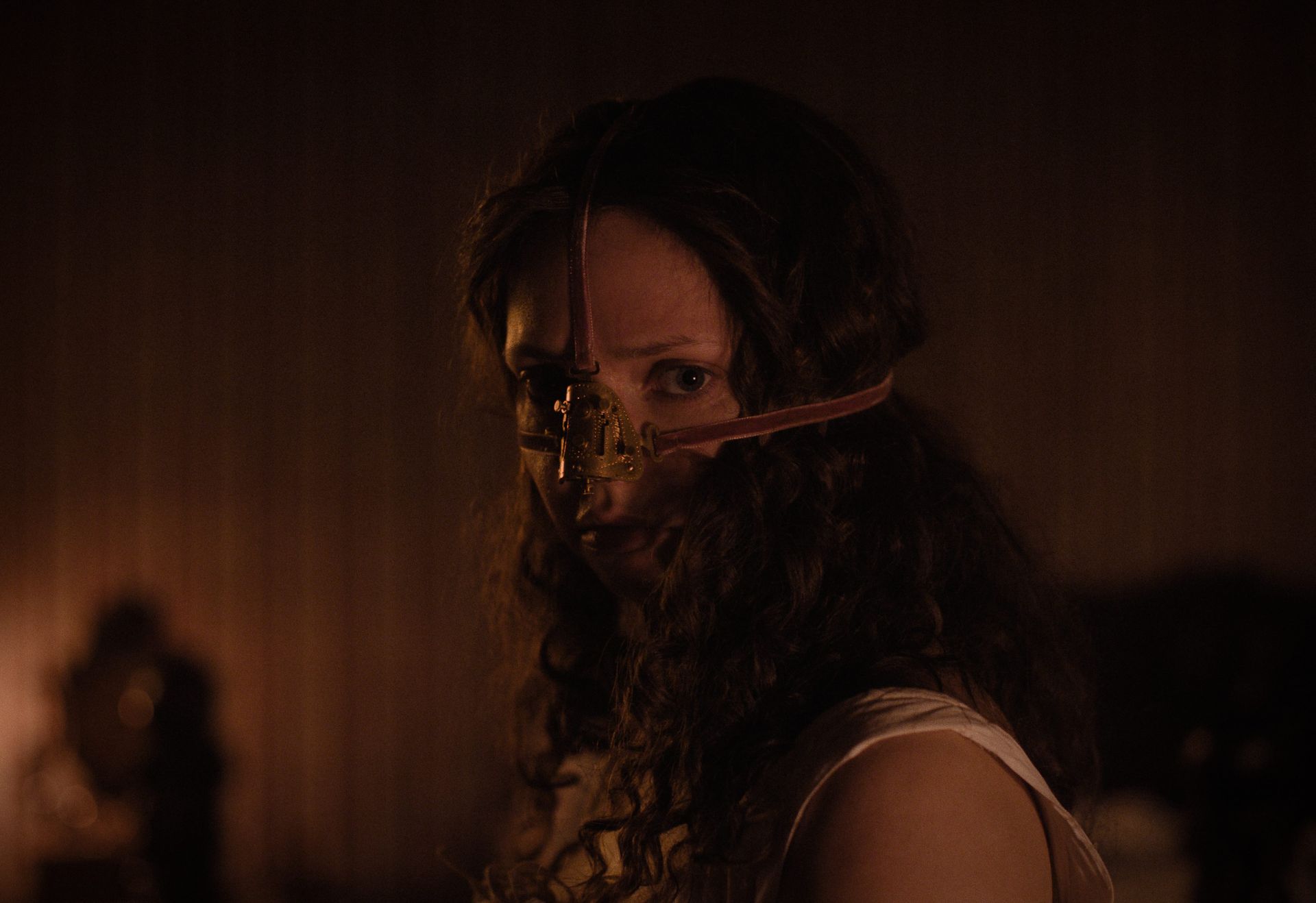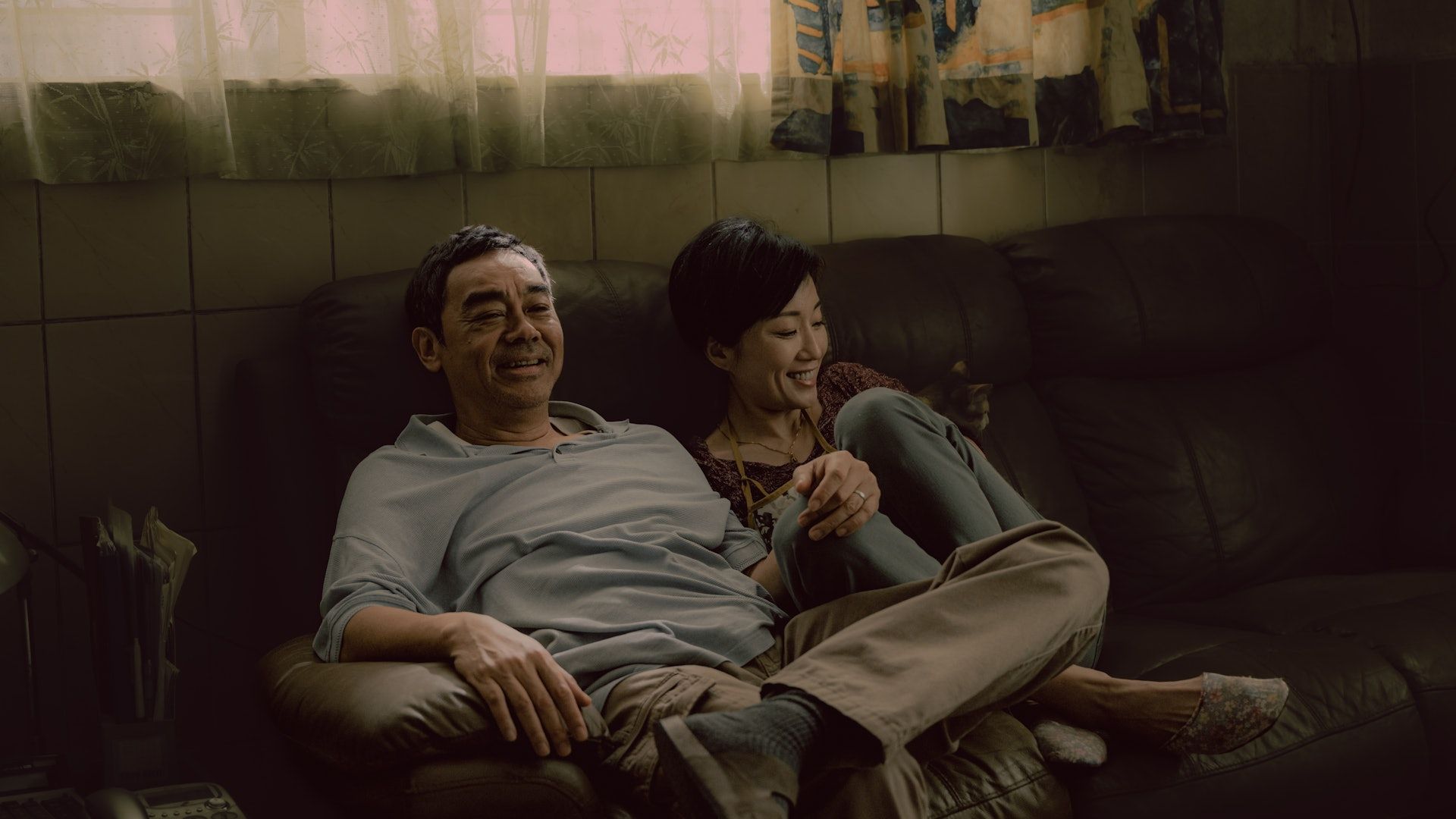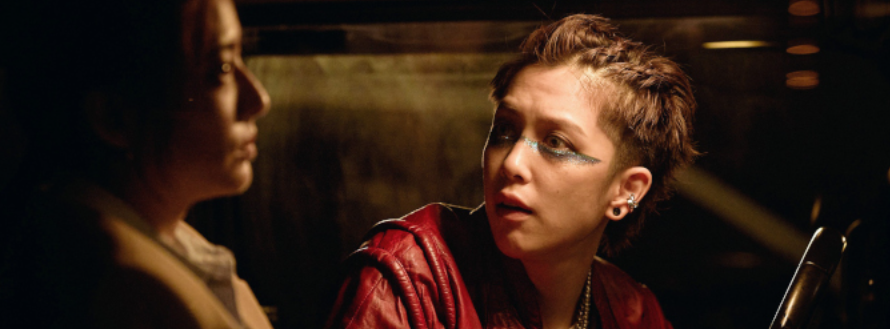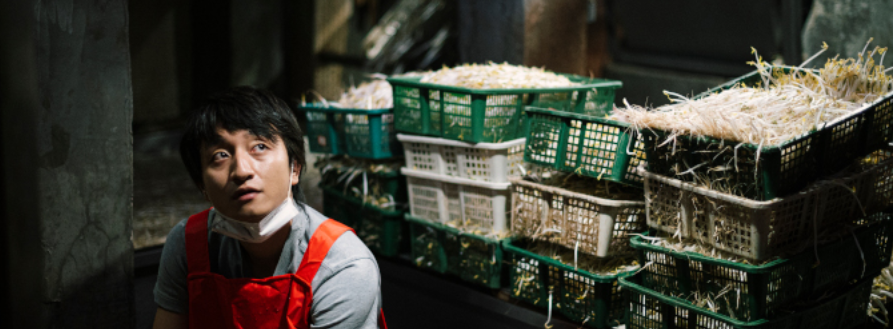JFF 2025: An Interview with Director Kazuhiro Soda (The Cats of Gokogu Shrine)
JAPANESE FILM FESTIVAL 2025
Intentional and Instinctual: An Interview with Director Kazuhiro Soda
It was a cold Berlin morning in February 2024. I had just watched Director Kazuhiro’s The Cats of Gokogu Shrine, which had its World Premiere at the Zoo Palast Theater. I reached out and was pleasantly surprised by a warm invite to interview him about his latest work. I was intrigued partly by his decision to document cats from Ushimado, but I also wanted to find out more about his unique philosophy in directing documentaries. The interview lasted less than an hour, but it provided fascinating insight to his works, and had a long-lasting impression on me about the film and director even today - a core reason that I chose to programme the film for this year's Japanese Film Festival 2025.

Director Kazuhiro lived in New York for almost 27 years, but during the pandemic, decided to return to Ushimado, Japan, where there are a lot of street cats. Sometimes, he found them injured, and naturally, he wanted to help them.
Director Kazuhiro stayed in Gokogu for a few days, said to be one of the last few public spaces in modern Japan, and the shrine itself being one of the last spaces that anyone, including cats, can visit. The significance of this grew on him, inspiring him to roll his camera and record footage of this space. This was done over the course of a year. He considered turning it into a film, but did not have the concrete idea till later.
An animal activist in the area assisted Director Kazuhiro in looking after the injured cats. In return, Director Kazuhiro’s wife Kiyoko (who is also the producer of the film), wanted to help the activist with TNR (Trap - Neuter- Release) efforts in the nearby Shinto shrine. This act itself was the unplanned genesis of the documentary.
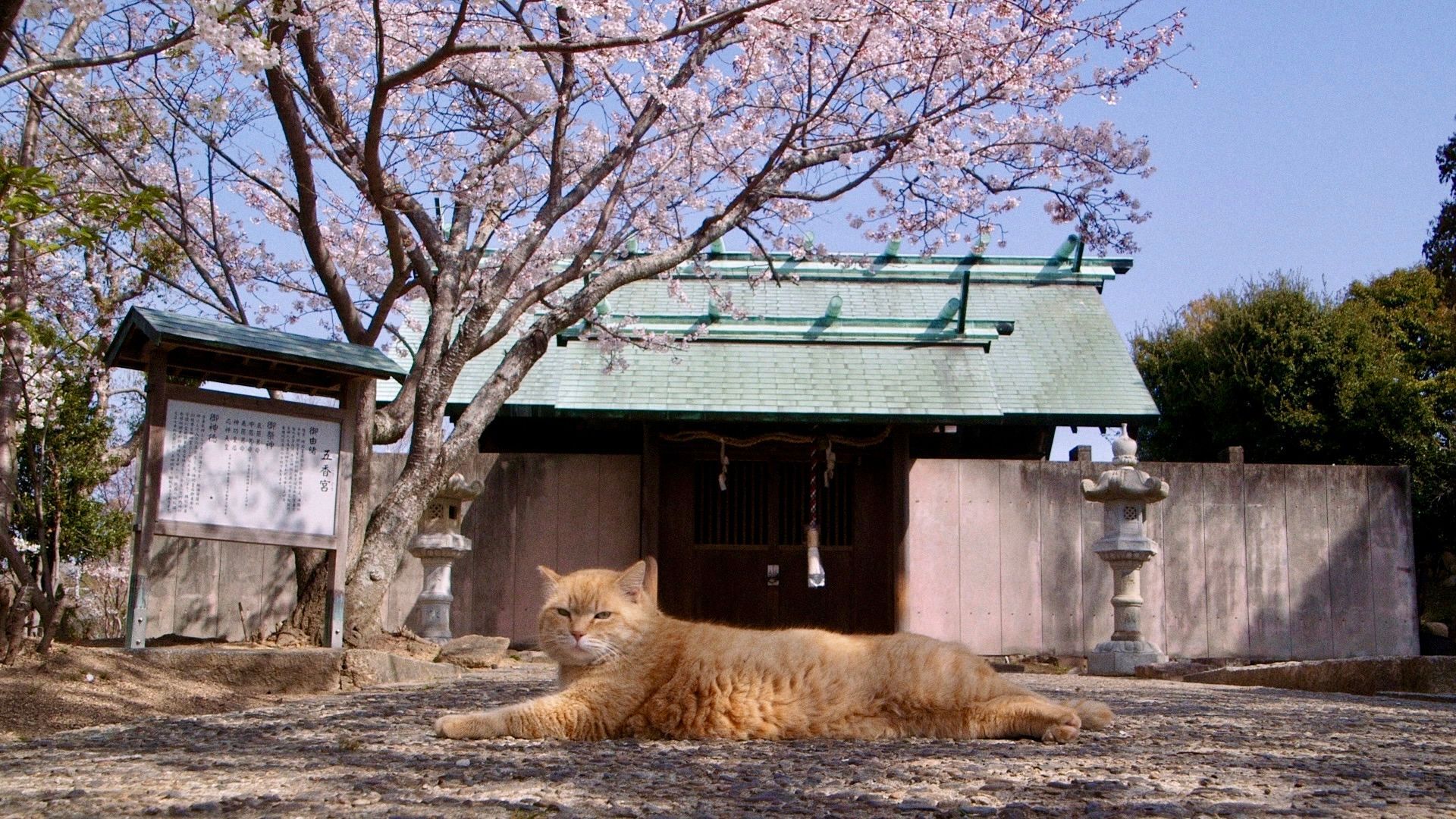
Cats are free to roam around the area of worship; the interaction between the cats and the humans in this particular setting exposed to the filmmakers a bigger picture about human temperament. The documentary became the tenth work in Kazuhiro’s oeuvre of observational documentary.
Observational documentary is a documentary movement championed by Director Kazuhiro that follows a set of 10 rules:
- No research
- No meetings with the subject
- No scripts
- Roll the camera yourself
- Shoot for as long as possible
- Cover small areas deeply
- Do not set up a theme or goal before editing
- No narration, super-imposed titles, or music
- Use long takes
- Pay for the production yourself
Director Kazuhiro, always looks for new discoveries; it starts with reviewing the footage, and a motivation emerges from this process. In the editing stage, he reviews the footage multiple times to make sense of the images, usually editing the most interesting and cinematic scenes first.
Director Kazuhiro’s book translated to english titled Why I Make Documentaries.
Next, the second and third ‘best’ scenes are edited by keeping in mind what interested him the most, and stitched together in one sequence. He then watches the first cut together with Producer Kiyoko to figure out what works, proceeding to make multiple iterations. In this way, a documentary is born out of intuition and intentional selection after the fact of filming. To him, there is a clear structure for the way he formats scenes. He makes his intent clear through the work, but leaves enough space for audience interpretation and engagement.
While it may seem counterintuitive that ‘observational’ to Director Kazuhiro means maintaining a distance from the subject and work, he devised the method after working on documentary television series.
While working as a television documentary director in New York, he became very skeptical about the way documentaries were being made. Historically, documentaries were produced with political agenda, but Director Kazuhiro was more invested in broadening the diverse possibilities of a documentary. He was more interested in audiences forming their own interpretations of his work, akin to how one encounters an art work for the first time.
He felt documentaries should not have narration or music, and research should not be conducted on the intended subject of the documentary. He discovered the works of Frederick Wiseman, specifically
Domestic Violence, which left a profound impression on him. During the interview, he joked about how he had to organise a personal Frederick Wiseman festival to discover the full Wiseman filmography since the 1960s. As Wiseman’s films were only available in the public library, he used to frequent the libraries to watch the documentaries in various formats such as film, VHS. He studied Wiseman’s films carefully; paying attention to the duration of a single shot or a scene, and how a shot and scene was constructed. This was an essential education for Director Kazuhiro. Director Kazuhiro’s own first film
Campaign,
was heavily influenced in many ways by Wiseman’s films:
The filmmaker is invisible and you do not witness them in the film.
In his earlier works, it was easy to be invisible as he was dealing with politicians who were great at acting and receiving instructions to ignore the camera. But in his sophomore feature,
Mental, the subjects in his documentary were ordinary members of the public, who acknowledged his presence during the filming process, and he could no longer be invisible.
Thankfully, the scenes where his presence was acknowledged were the best scenes; the subjects he directed would mention fascinating accounts while acknowledging him. These scenes initially felt like they were not supposed to be in the film, but he realised their beauty when he went back to his editing room to review them. It made him reconsider his approach to observational filmmaking. ‘Observational’ is not entirely about being invisible, but looking and listening carefully and perhaps even becoming a participant in depicting the world with him in it.
He even featured his wife, Producer Kiyoko, in his documentaries, blurring the lines between objective subjects and personal lives. Starting from his documentary
Peace, he was not worried about remaining invisible and this is also evident in
The Cats of Gokogu Shrine. He enjoyed involving himself in his documentaries moving on.
Today, his films are very different from Wisemen’s. Even his Ten Commandments evolved as he started involving himself in the shoots.
His favourite scene from
The Cats of Gokogu Shrine was the first scene, where the cat featured is being taken care of by the filmmakers. Chada the cat was rescued along with his brother from a neighbouring town within Ushimado, by Okamura-san, who is also featured in the documentary.
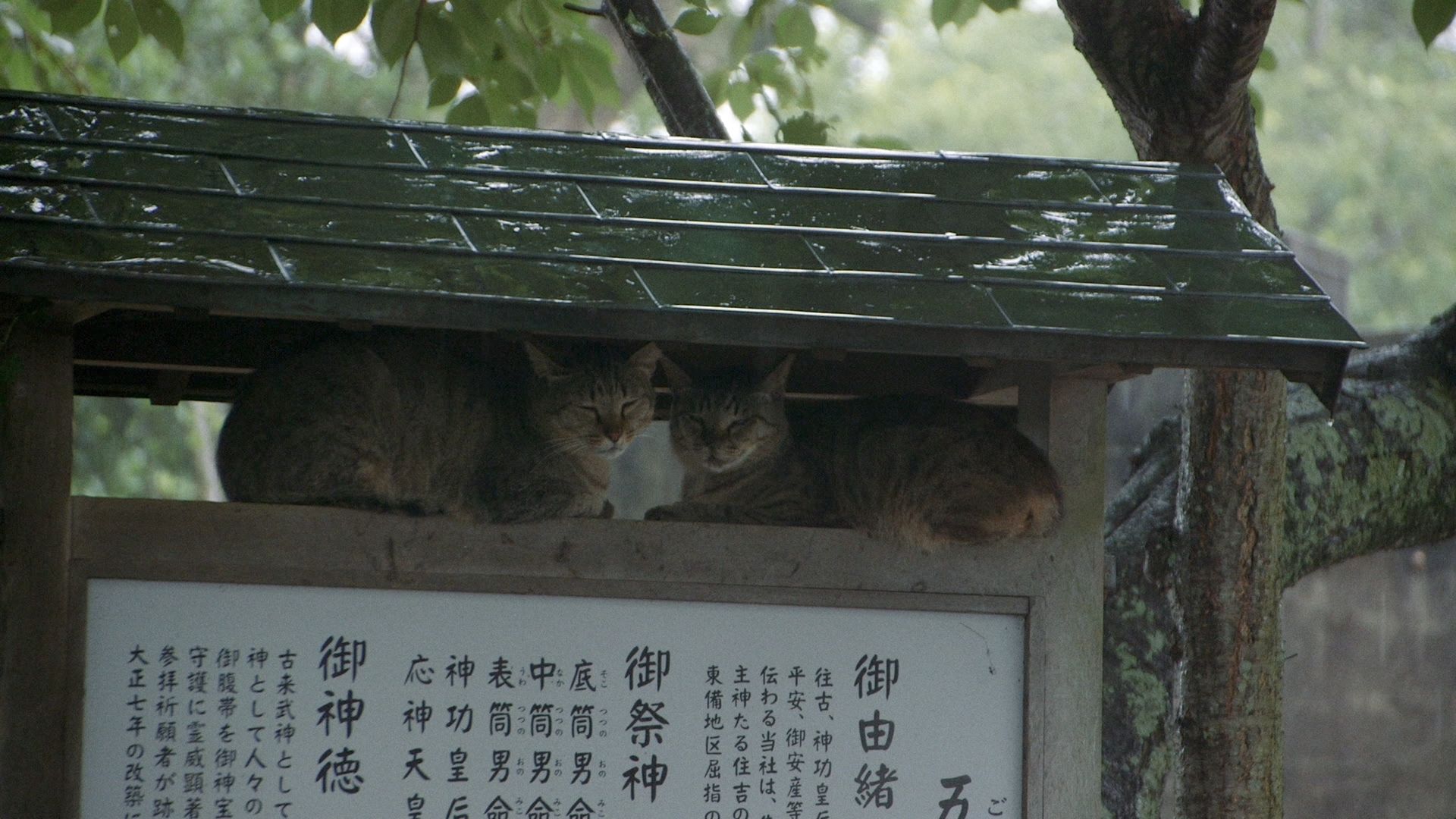
When I asked him about the difficulties during the filming process for a documentary that seems deceivingly tranquil and peaceful, Director Kazuhiro admitted that he was dealing with a very delicate issue. The cats are the subject of a bifurcate divide in Ushimado, as there are both cat lovers and those who find them to be a nuisance. This sometimes led to intense conflicts between these two groups, and it was important to not deny anyone’s views in the documentary. This is apparent in the documentary, and he was concerned at the time of the interview that releasing the film may be met with anger from the locals.
Curious about this divide, I asked Director Kazuhiro about the historical significance of cats within the context of Japanese culture. He mentioned that in Japanese culture, cats have been very intimate and familiar creatures. Many farmers had pet cats in households as a deterrent against mice, letting them roam free, lending to the numbers of stray cats today. Now, there is a shift in how cats are viewed; either domesticated or seen as a nuisance. His personal experience of growing up with stray cats and dogs in his childhood was also a key reason he was naturally drawn to this subject.
As we wrap the interview, Director Kazuhiro shares with me a hope for the future. His message to aspiring filmmakers is that documentaries can be a wonderful way to open up your mind and to learn something new or unexpected. It is an art of coincidence. As humans, we have a tendency to fear unpredictability and prefer familiarity, predetermining certain conditions in making a film. He asks young filmmakers to have the courage to explore outside of your comfort zone and embrace what we cannot control. Take a gamble and see what happens. Even though he had no idea what type of film he was making, in the end, it felt like a film about the cycle of life.
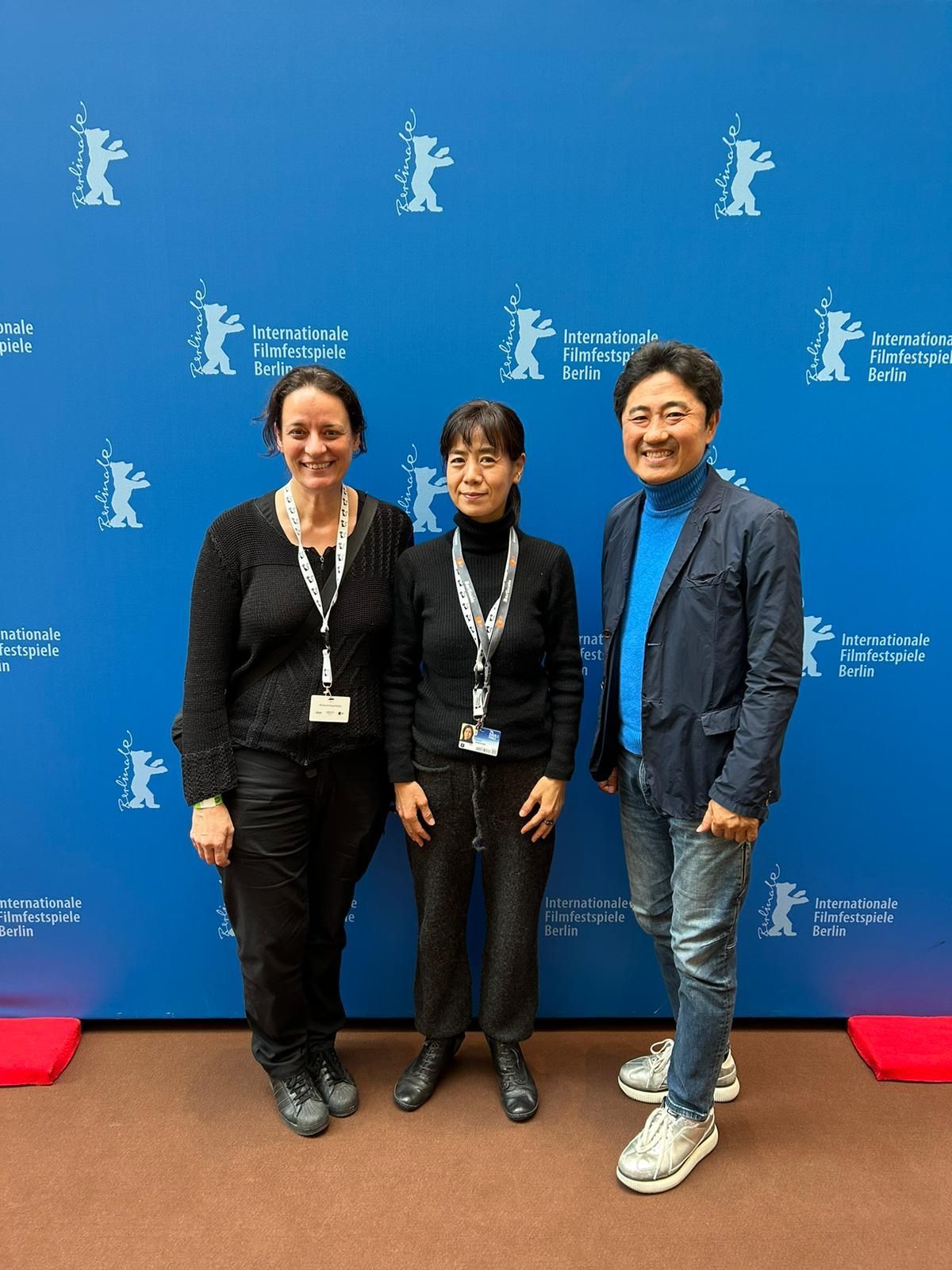
At the end of the documentary, there are dedications made to those who were featured in the film. Some cats passed on after the filming, and injured cats generally do not receive as much medical attention as they need. Director Kazuhiro poses a question to his audiences - If stray cats are not allowed to live in harmony with us, then who is allowed to be part of the society?
This documentary calls out to cat lovers in Singapore and also offers a window into personal interactions which are universal and relatable. I hope audiences of the Japanese Film Festival have the chance to experience the documentary, and it is my pleasure to be able to present this documentary more than a year after meeting Director Kazuhiro.
We are also delighted to be collaborating with Cat Welfare Society as a portion of the ticket sales (30%) will be donated to them. We hope such collaborations among film festivals and local animal welfare societies would further Director Kazuhiro and Producer Kiyoko’s kindness to animals, across countries. Such is the power of film.
Tickets for The Cats of Gokogu Shrine are available here: https://www.gv.com.sg/GVMovieDetails#/movie/2342
For more information of Japanese Film Festival 2025, visit
jff.sg
About the Author: Deepag is highly interested in adding films with innovative voices and historical significance to his Letterboxd watchlist in the hopes of catching them someday. He also serves as the programmer of Japanese Film Festival and previously as a program executive at The Projector.

